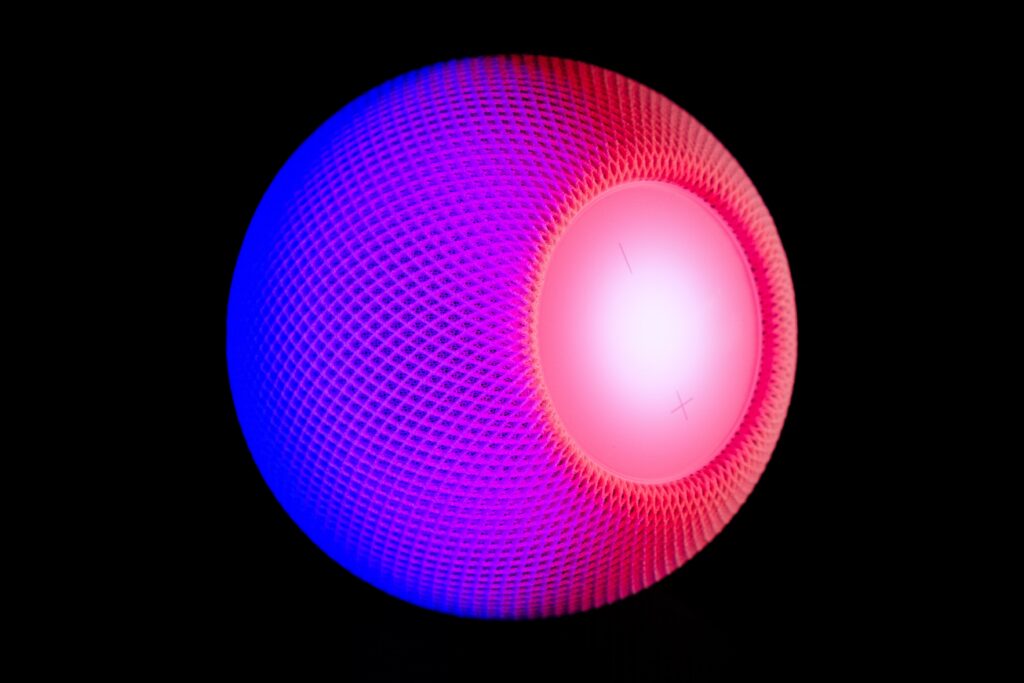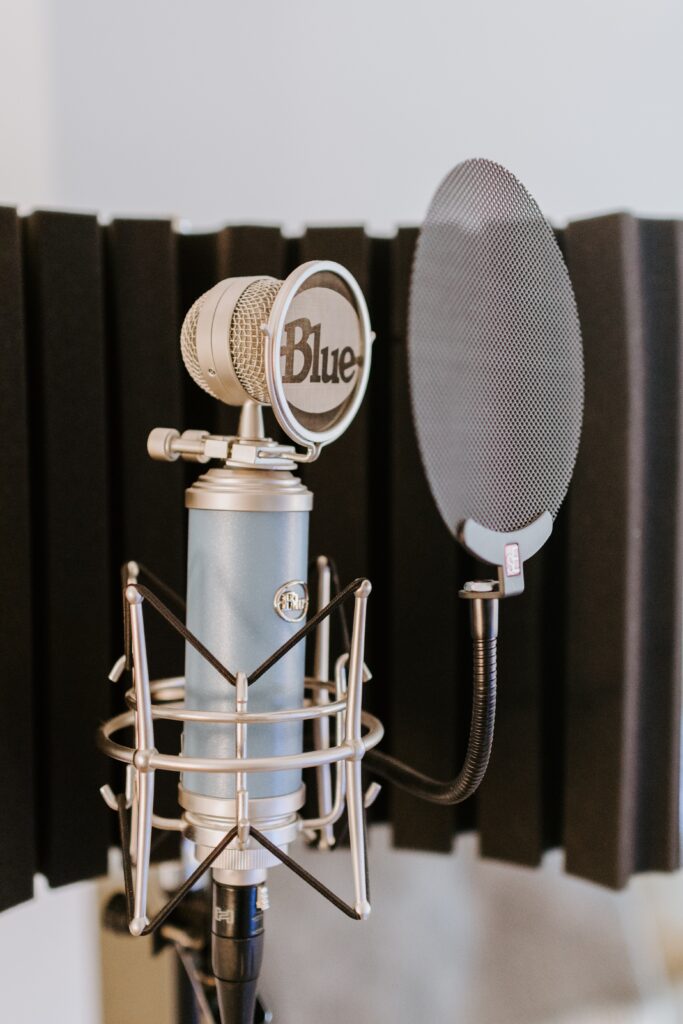Have you ever wondered how a muffler works in an exhaust system? Well, wonder no more! In this article, we will demystify the inner workings of a muffler and explain how it contributes to the overall functionality of an exhaust system. Whether you’re a car enthusiast or simply curious about vehicle mechanics, this article will provide you with an insightful understanding of how a muffler operates to reduce noise and improve engine performance. So, buckle up and let’s explore the fascinating world of mufflers in exhaust systems!

Understanding the Exhaust System
Importance of the exhaust system
The exhaust system is a crucial component of every vehicle, playing a vital role in the overall operation and performance. Its primary function is to guide the harmful gases produced during the combustion process out of the engine. Without a properly functioning exhaust system, these gases would build up in the engine, resulting in decreased efficiency, reduced power, and potential damage to the engine.
Constituents of the exhaust system
The exhaust system consists of several key components that work together to ensure the smooth flow of exhaust gases. These include the exhaust manifold, catalytic converter, muffler, resonator, and pipes. Each component serves a specific purpose and contributes to the overall functionality of the system.
Role of the exhaust system in vehicle operation
The exhaust system not only removes harmful gases from the engine but also helps maintain the pressure levels within the engine, ensuring optimal performance. Additionally, it plays a crucial role in reducing noise levels produced by the engine, thus enhancing the comfort of both the driver and passengers. By properly directing the flow of exhaust gases, the exhaust system also aids in maximizing fuel efficiency and minimizing harmful emissions.
Basic Principles of a Muffler
Definition and purpose of a muffler
A muffler is a device that is integral to the exhaust system and serves the primary purpose of reducing the noise produced by the engine. It effectively dampens and muffles the sound waves generated during the combustion process, resulting in a quieter operating experience for both the driver and those in the vicinity of the vehicle.
Components of a muffler
A typical muffler consists of various components designed to optimize the noise reduction process. These components include the inlet and outlet tubes, resonators, perforations, and chambers. Each component is carefully engineered to work in harmony to achieve efficient noise reduction.
The process of muffling noise
Muffling noise involves the manipulation of sound waves produced by the engine. When the high-pressure exhaust gases enter the muffler through the inlet tube, they pass through a series of perforations and chambers. As the gases move through these components, the sound waves encounter resistance, causing them to lose energy. This energy loss disrupts the sound waves and reduces their intensity, resulting in quieter exhaust noise.

Sound Waves and Resonance
Understanding sound waves
Sound waves are vibrations that travel through a medium, such as air, and can be perceived by the human ear. They consist of compressions and rarefactions, which create alternating areas of high and low pressure. The frequency of these compressions and rarefactions determines the pitch of the sound, while the amplitude determines its volume.
How mufflers use resonance
Resonance is a fundamental concept utilized by mufflers to reduce noise. By carefully designing the shape, size, and positioning of the chambers and perforations within a muffler, engineers can take advantage of the property of resonance. When the sound waves encounter these resonant structures, they resonate or vibrate at specific frequencies, causing destructive interference and effectively canceling out certain frequencies of sound, resulting in a reduction in overall noise level.
Principle of destructive interference
Destructive interference occurs when two or more sound waves of equal frequency and amplitude are out of phase with each other. When these waves meet, they cancel each other out, effectively reducing the overall amplitude or volume of the resulting sound. Mufflers utilize this principle by creating conditions that promote destructive interference, thereby dampening the noise generated by the engine.
Operational Mechanics of a Muffler
Inlet, outlet, and exhaust tubes
The inlet tube of a muffler is where the high-pressure exhaust gases enter the muffler from the exhaust system. It guides the gases into the muffler, initiating the process of noise reduction. The outlet tube, on the other hand, is responsible for expelling the lower-pressure exhaust gases after the noise reduction process has taken place. The exhaust tubes connect the muffler to the other components of the exhaust system, ensuring a smooth flow of gases.
Resonator, perforations, and chambers
Within the muffler, the resonator, perforations, and chambers interact to reduce noise levels. The resonator is designed to resonate at specific frequencies, effectively canceling out unwanted sound waves. The perforations and chambers are carefully engineered to maximize sound dampening by causing sound waves to lose energy as they travel through the muffler.
Sound absorption materials
Many mufflers incorporate sound absorption materials, such as fiberglass or steel wool, within their chambers. These materials help to further reduce noise by absorbing sound waves instead of allowing them to bounce off the walls of the muffler. The sound absorption materials effectively convert sound energy into heat energy, resulting in a quieter exhaust note.

Types of Mufflers
Reactive mufflers
Reactive mufflers, also known as expansion chamber mufflers, utilize a series of chambers and tubes to redirect and reflect sound waves. These mufflers work by utilizing the principle of acoustic phase cancellation and carefully engineered reflective surfaces to reduce noise levels actively.
Absorptive mufflers
Absorptive mufflers, as the name suggests, focus on absorbing sound waves rather than reflecting them. They contain sound-absorbing materials, such as fiberglass or steel wool, that convert the energy of sound waves into heat, thereby reducing noise levels. These mufflers are commonly used in high-performance vehicles where noise reduction is a priority.
Combination mufflers
Combination mufflers aim to combine the benefits of reactive and absorptive mufflers. They employ a combination of chambers, tubes, and sound absorption materials to achieve effective noise reduction. The design of combination mufflers can vary significantly and often incorporates advanced engineering techniques to optimize performance and noise reduction.
How Different Mufflers Work
Operation of reactive mufflers
Reactive mufflers rely on the principle of acoustic phase cancellation. As exhaust gases enter the muffler, they pass through a series of chambers and tubes designed to redirect sound waves and create areas of acoustic interference. These areas of interference cause certain frequencies of sound to cancel each other out, resulting in a reduction in overall noise levels.
Operation of absorptive mufflers
Absorptive mufflers work by utilizing sound-absorbing materials within the muffler chambers. As sound waves pass through the muffler, the sound-absorbing materials convert the energy of the sound waves into heat, effectively reducing their amplitude or volume. This conversion process helps to dampen or absorb the sound waves, resulting in a quieter exhaust note.
Operation of combination mufflers
Combination mufflers employ a combination of reactive and absorptive principles to achieve noise reduction. By incorporating chambers, tubes, and sound-absorbing materials within the muffler, combination mufflers can effectively redirect and absorb sound waves, resulting in a comprehensive reduction in noise. The specific design and engineering of each combination muffler can vary significantly, allowing for customization based on specific vehicle requirements and performance goals.
Performance Implications
Performance tuning with mufflers
Mufflers play a crucial role in performance tuning by influencing back pressure within the exhaust system. Back pressure refers to the resistance encountered by exhaust gases as they pass through the exhaust system. Properly tuned mufflers can help optimize back pressure, enhancing the engine’s performance and power output.
Sound and power balance
Achieving the right balance between sound and power output is an important consideration when selecting a muffler. Performance enthusiasts often seek a sporty exhaust note while desiring to maximize power. Choosing the right muffler can strike the perfect balance, allowing for an exhilarating sound without compromising performance.
Choosing the right muffler for performance
When selecting a muffler for performance applications, factors such as back pressure, sound quality, and weight need to be considered. It is important to choose a muffler that is designed specifically for the make and model of the vehicle, as this ensures optimal performance gains. Working with experienced professionals or consulting online resources can help narrow down the options and select the best muffler for the desired performance goals.
Mufflers and Environmental Concerns
Noise pollution and mufflers
One of the significant environmental concerns associated with vehicles is noise pollution. Loud exhaust systems can disrupt communities, affect wildlife, and contribute to overall noise levels. Mufflers play a crucial role in mitigating noise pollution by reducing the noise generated by internal combustion engines, making them more environmentally friendly.
Emission control with mufflers
In addition to noise reduction, mufflers aid in controlling harmful emissions. The catalytic converter, often located within the muffler, helps reduce the levels of pollutants, such as carbon monoxide, nitrogen oxides, and hydrocarbons, present in the exhaust gases. This contributes to cleaner air and a healthier environment.
Environment-friendly muffler options
Muffler technology continues to advance, with the development of more environmentally friendly options. Some mufflers feature special catalysts that further reduce harmful emissions. Additionally, the use of lightweight and recyclable materials in muffler construction helps reduce the overall environmental impact associated with vehicle exhaust systems.
In conclusion, understanding the functioning of the exhaust system and the mechanics of mufflers is essential to appreciate their role in optimizing vehicle performance, reducing noise pollution, and addressing environmental concerns. With a wide range of muffler options available, selecting the right one for specific performance goals requires careful consideration and consultation with professionals. By choosing the appropriate muffler, vehicles can strike the perfect balance between power, sound, and environmental responsibility, ensuring an enjoyable driving experience for you and minimizing the impact on the environment.
